The Immortal – Ecuador’s Most Controversial Building
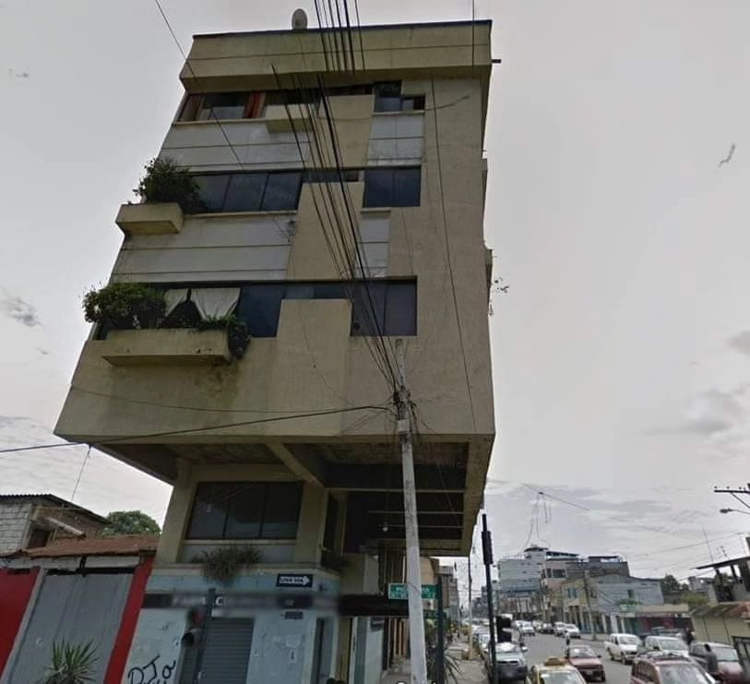
‘El Inmortal’ (The Immortal), is an iconic building in the Ecuadorian city of Machala famous for its precarious look due to having an unusually narrow ground floor. Located on the corner of Pichincha and Buenavista streets in the center of Machala, The Immortal has been defying earthquakes in Ecuador for more than 30 years. Looking […]
Filipino Hotel Is the World’s Largest Rooster-Shaped Building
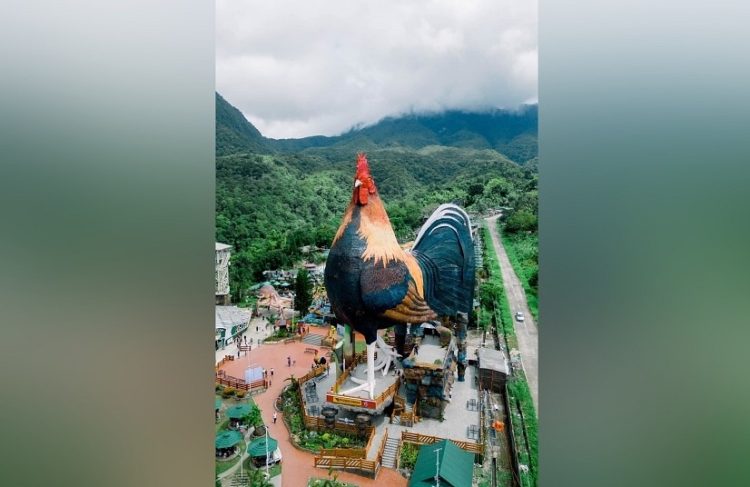
The Campuestohan Highland Resort in the Philippines’ Negros Occidental province was recently awarded the Guinness record for the highest rooster-shaped building. Standing 114 feet, 7 inches tall, the Rooster Hotel at Campuestohan Highland Resort is quite a sight. It’s not only shaped like the domestic bird, but actually looks like a giant realistic rooster dominating […]
Chinese Company Erects 10-Storey Apartment Building in Less Than 29 Hours
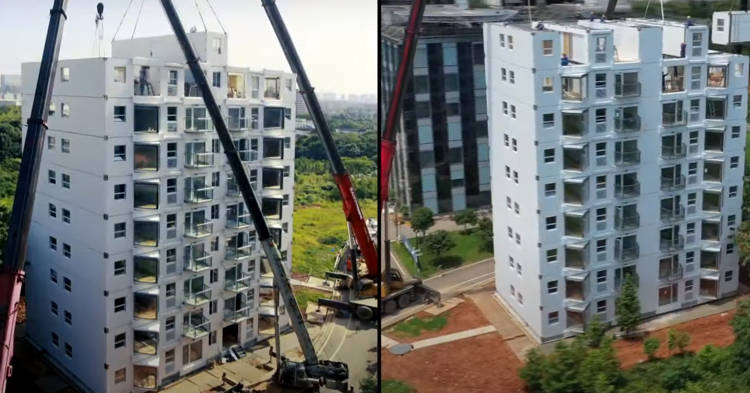
China’s Broad Group recently showcased its innovative Living Building, a new type of modular building system, by erecting a 10-storey apartment building in Changsha City in only 28 hours and 45 minutes. The Living Building concept developed by Broad Group sounds like it could truly revolutionize the construction industry, and the Chinese company’s recent feat […]
Giant Dominoes – The Tilted Apartment Buildings of Santos
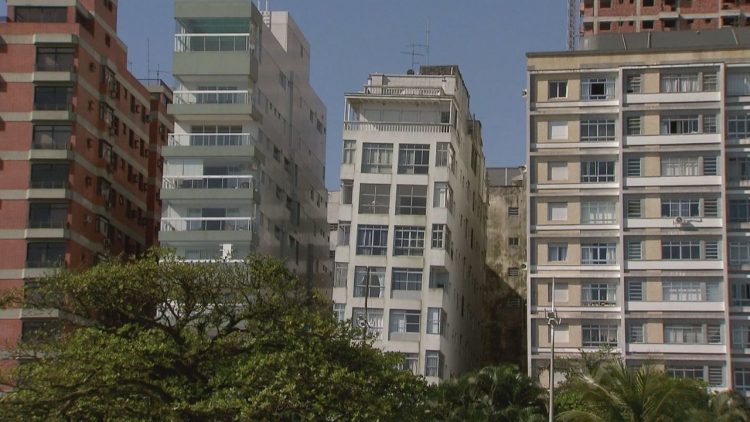
The Brazilian city of Santos is famous as the birthplace of Pele, regarded by many as the greatest football player ever, but also for its unique looking waterfront skyline, which looks, well, a bit tilted. The leaning apartment buildings of Santos have been around for decades, and even though the problem has been getting worse […]
CopenHill – A Waste Powerplant That Doubles as an Urban Ski Slope and Hiking Trail
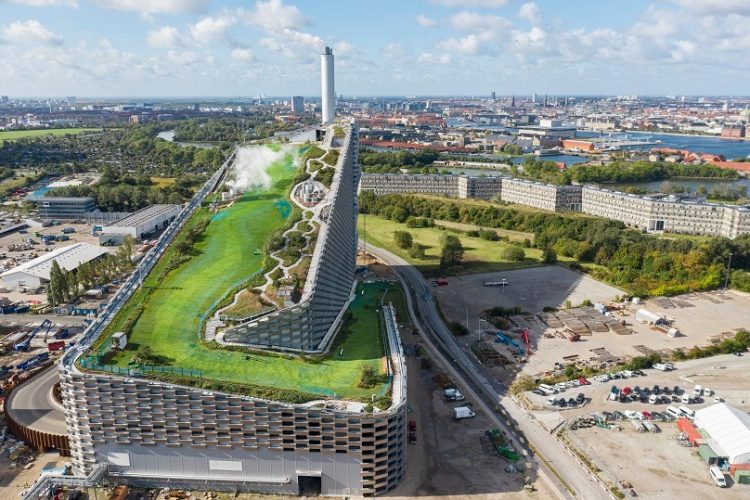
CopenHill isn’t just the world’s largest waste-to-energy powerplant, it’s also a masterpiece of architectural design, incorporating a giant ski slope and hiking trail on its winding roof, and a massive climbing wall on one of its sides. Waste processing powerplants don’t usually make great tourist attractions, but Copenhagen’s newest achievement in its quest to become […]
Belgian Pavilion Built Out of 33,000 Beer Crates

If the world needed any more proof Belgians love beer, this temporary pavilion, built out of 33,000 plastic beer crates should clear all doubts. Set right in front of the iconic Atomium building, the beer crate pavilion of Brussels was designed and built in celebration of the fiftieth anniversary of the 1958 Universal World Exhibition. […]
The Architectural Experiments of Terunobu Fujimori

Some of his works may not even look like real houses, but Terunobu Fujimori is one of the world’s most acclaimed architectural designers. His unconventional works have been displayed all around the world, and, believe it or not, people actually want to live in his houses. A historian by trade, Terunobu Fujimori started designing buildings […]
Vienna’s Gas Tank City

Constructed in1896, and used to store the gas that supplied Vienna, these four giant gasometers are now used as modern and original living spaces. Remnants of the industrial age, gasometers all over the world have been demolished, or simply abandoned and left at the mercy of the elements. But the people of Vienna thought it […]
Unique Architecture: Teapot Dome Gas Station

When it comes to architecture, one thing is for sure: you don’t have to build something like Burj Khalifa to draw attention. That definitely helps, but this lovely teapot gas station proves you can do it for cheap. Known as the Teapot Dome, this architectural jewel is located in Zillah, Washington, and was built almost […]
Britain’s Amazing Seed Cathedral at Shanghai Expo

If you thought Miguelin, the giant baby at the Spanish pavilion was awesome, than the British pavilion’s Seed Cathedral will blow your mind. By far the most popular structure, at the Shanghai Expo 2010, even before it was officially opened, the Seed Cathedral is a six storey high cube-shaped structure, pierced by 60,000 thin acrylic […]
The PL Peace Tower – World’s Coolest Tower?

The PL Peace Tower in Tondabayashi, a town close to Osaka, Japan is by far one of the most “bizarre yet cool” buildings I have ever seen. One of the many structures located in the PL Holy Land, the PL Peace Tower was built back in 1970, using the newest construction technique at the time. […]
